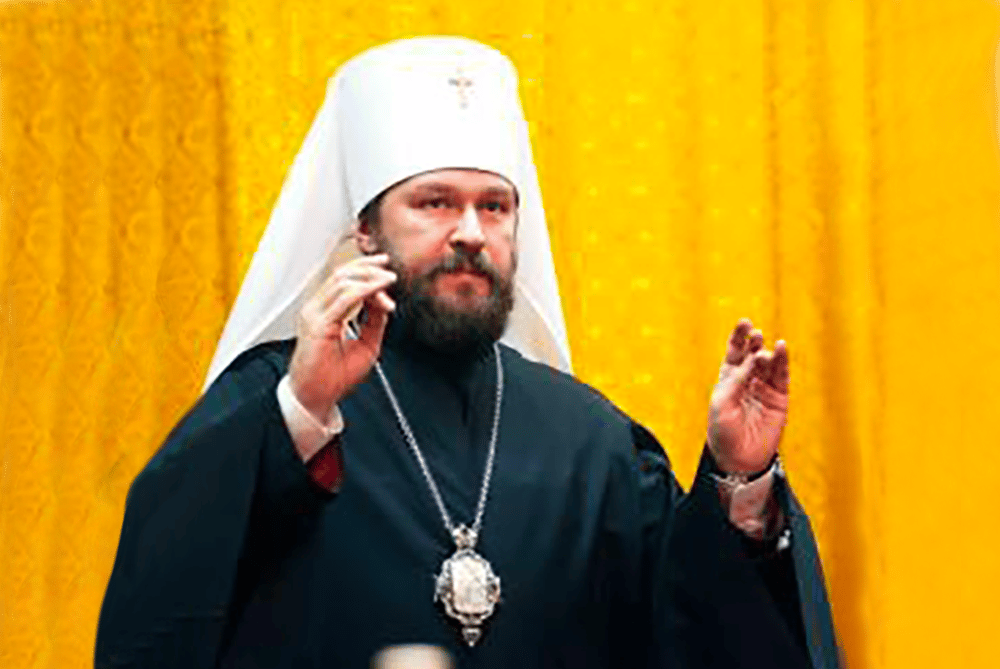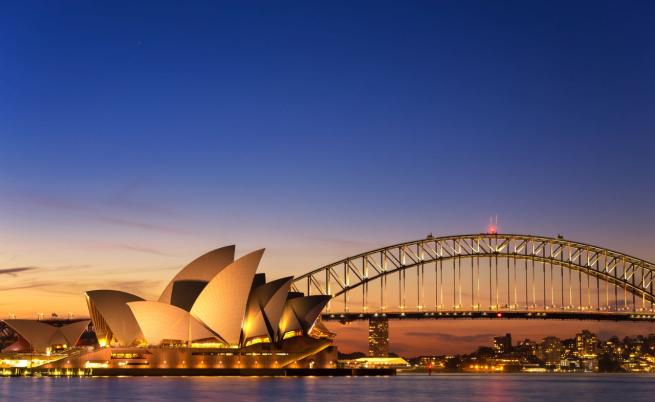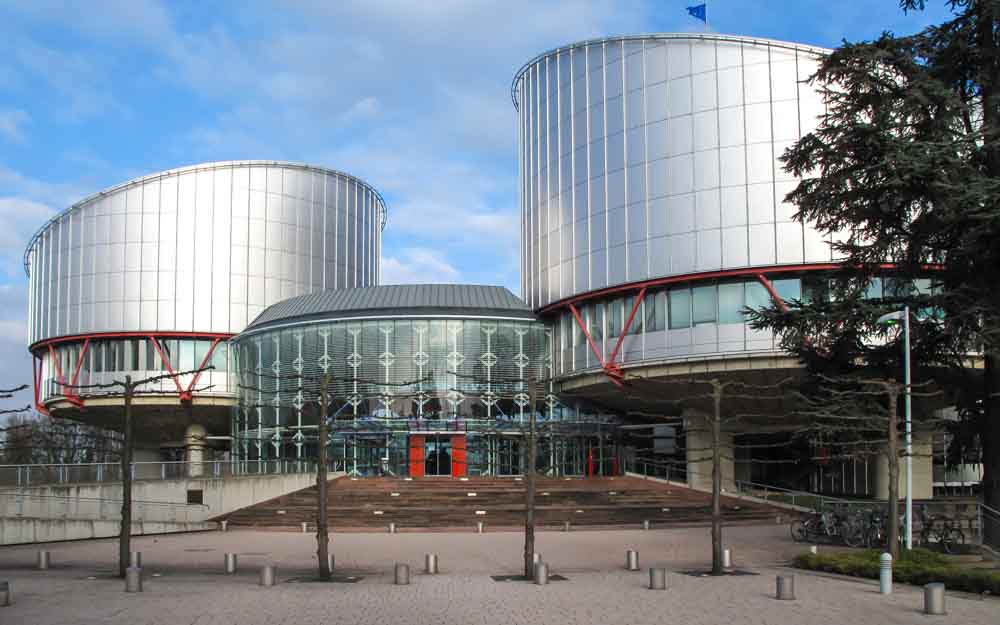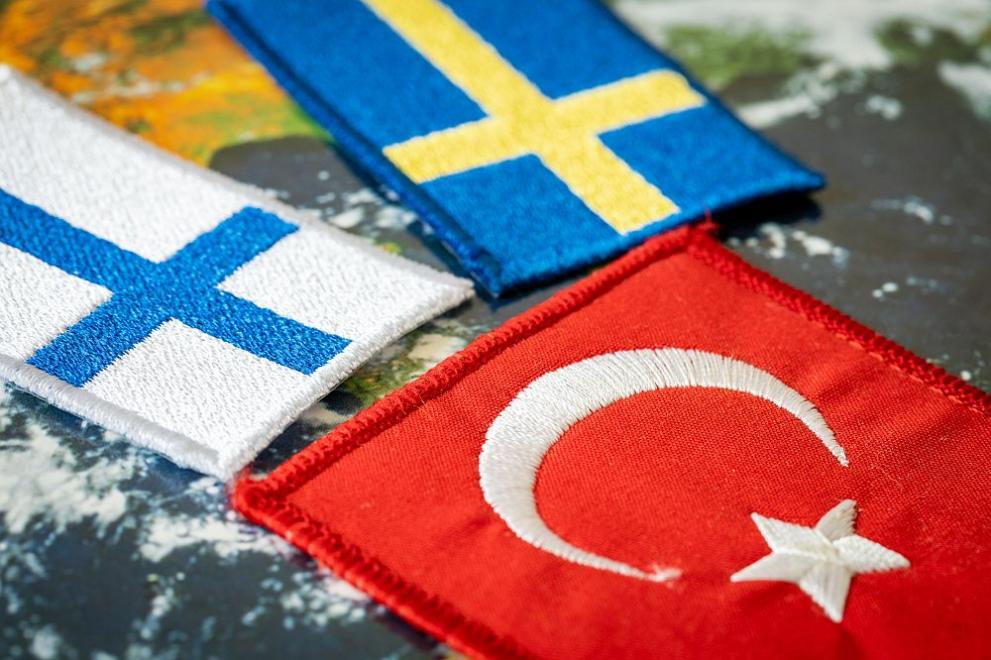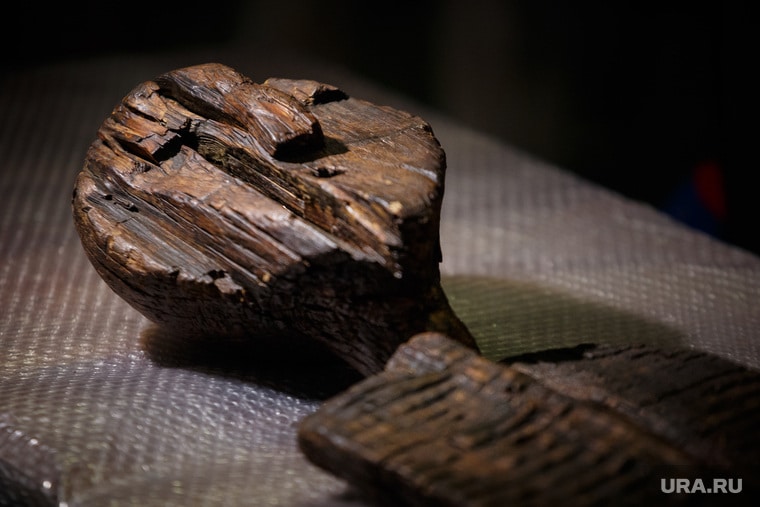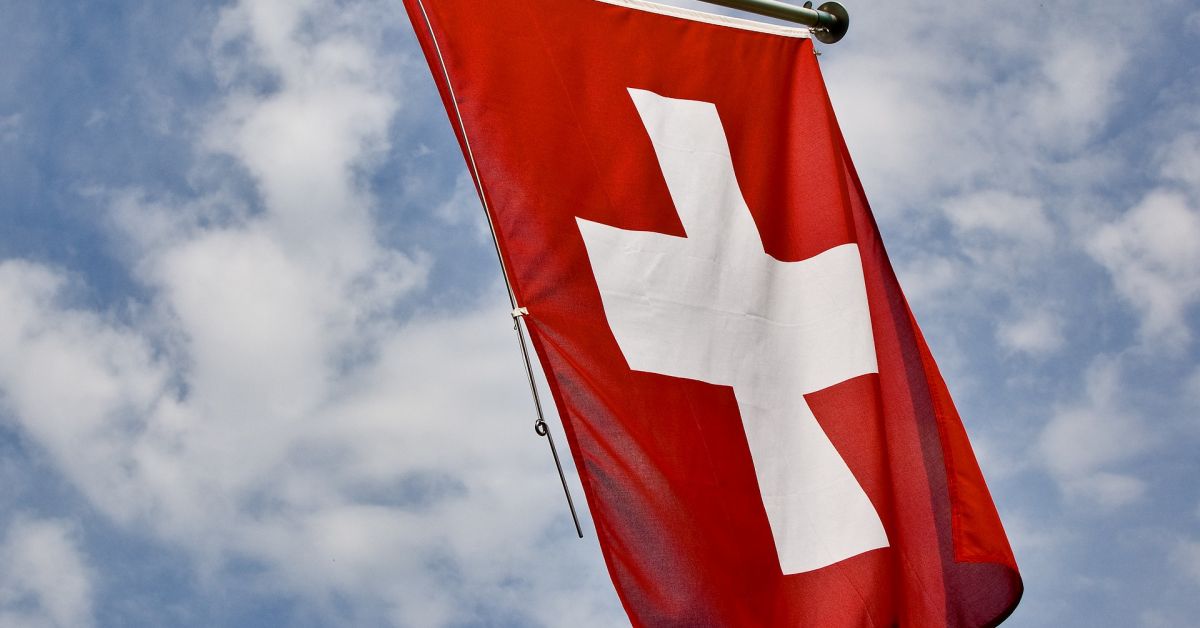At the meeting of St. Synod of the Russian Orthodox Church (ROC) on June 7, 2022; the Bishop of Volokolamsk Hilarion (Alfeev) was relieved of all his duties so far: chairman of the Department of External Church Relations of the Moscow Patriarchate, permanent member of St. Synod of the ROC and Rector of the All-Church Postgraduate and Doctoral Studies “St. Cyril and Methodius ”(theological educational institution of the ROC for postgraduate qualification). He has now been appointed Metropolitan of Budapest and will head the Hungarian Diocese of the ROC.
The current Metropolitan of Budapest and Hungary. Mark was relieved of his post and thanked for his work.
The place of Mitr. Hilarion as Metropolitan of Volokolamsk, Chairman of the Department for External Church Relations of the Moscow Patriarchate and a permanent member of St. The Synod of the ROC is held by the Korsun Miter. Anthony, who temporarily retained his position as head of the Western European Exarchate and the overseas institutions of the Moscow Patriarchate. He will no longer be responsible for the Korsun diocese. Archbishop Nestor of Madrid and Lisbon is temporarily in charge of this.
Prof. Prot. Maxim Kozlov, who retains his previous positions and the post of chairman of the Training Committee of the ROC.
It is noteworthy that Mitr. Hilarion (Alfeev) was released without “expressing gratitude for the work done”, which in the bureaucratic language of the Moscow Patriarchate means that the change of position is penalty.
Mitr. Hilarion (Alfeev) headed the External Department of the Moscow Patriarchate for thirteen years, taking office in 2009, when he also became vicar of the newly elected Moscow Patriarch Kirill. Until then, he headed the Viennese-Austrian and Hungarian dioceses of the ROC.
He visited Hungary a few days ago, which was probably in connection with his new assignment.
Biographical information:
The new Volokolamsk Metropolitan Anthony (Sevryuk) has an impressive career biography, beginning as the personal secretary of the Smolensk Metropolitan and then Moscow Patriarch Kirill.
Born in 1984 in the town of Kalinin (after 1990 renamed Tver). First, the eighteen-year-old graduated with a gold medal from a lyceum in Tver, then studied at the St. Petersburg Theological Seminary, graduating with honors. His good knowledge of English gave him the reason to be sent to various inter-Orthodox and inter-Christian seminars and conferences. Due to good indicators he was admitted without entrance exams as a student at the St. Petersburg Theological Academy and at the same time appointed an associate of the external department of the ROC-MP, headed by the current patr. Cyril, then Metropolitan of Smolensk. Anton Sevryuk was appointed a lecturer at the Smolensk Theological Seminary. Since February 5, 2009 he has been the personal secretary of Patr. Cyril, and on March 5 he was tonsured a monk named Anthony. Shortly afterwards, he was ordained a hierodeacon, and the following year, 2010, he was ordained a hieromonk. Then he graduated with honors and SPDA. In March 2011 he was appointed clergyman of the Russian church “St. Nicholas ”in Rome, Italy, and on May 30 this year he served in the new Russian church of St. Ekaterina ”in the“ Eternal City ”(in place of Archbishop Filip (Vasiltsev), who came as a representative of the Ministry of Justice in Sofia-Bulgaria). In 2015, he was ordained Bishop of Bogorodsk and appointed Vicar of the Patriarch, while at the same time leading the foreign institutions of the Ministry of Justice and Russian Orthodox parishes in Italy. In April 2016 he was included in the delegation of the ROC for the All-Orthodox Council of Crete, but in early June this year the ROC refused to participate in this council. In the following years he was appointed to new and new positions: head of the Berlin diocese of the ROC, then of the Vienna-Budapest diocese. In 2018 he was promoted to archbishop with the title of Korsunsky (for Western European countries), and in 2019 he was already “Metropolitan of Korsunsky, Western European and patriarchal exarch for Western Europe.”



